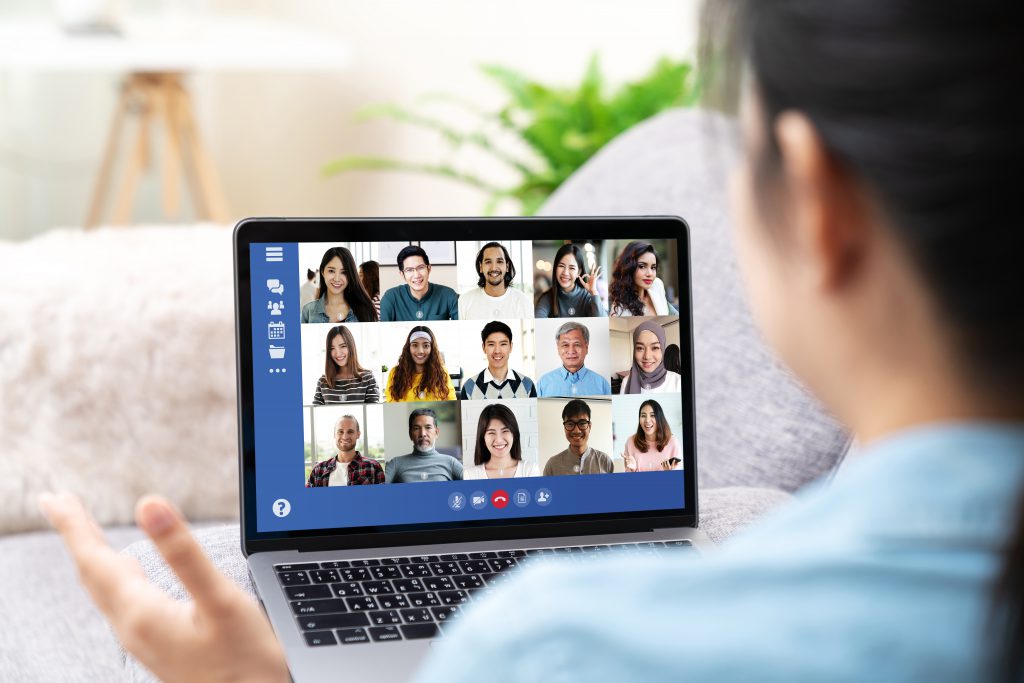Inclusion matters in design as well as life. Without hearing the voices of all stakeholders, the development of products and systems will fall short. Development requires an inclusive mindset because all voices are important for successful design.
Inclusive Guest Experience

Design thinking requires thoroughly understanding the needs of guests or customers. Developers can’t just make assumptions about what they want to develop. The key to the process is not just empathy — it requires active listening, observing, and analyzing guest and customer behaviors.
The best design processes recognize that there is no “one size fits all” approach to creating the best experiences for guests or customers. Guests come from different ethnic, cultural, and educational backgrounds. Some have physical or sensory constraints. Sometimes, the best input into the design process is from a person who cannot use the system as it is currently designed due to language or visual or other barriers.
Systems are, by nature, complex and must be able to adapt to use by a diverse pool of people. To meet these needs, the design process benefits from participants who reflect both innate and acquired diversity. This begins with listening to all members of the development team and listening to a broader selection of guests.
Listening to the Team

The best teams are not homogenous. They bring together individuals with diverse skills, backgrounds, and training. To succeed, during the collaboration process, all voices must be heard without distinction of expertise or job title. This requires developing a listening culture, designed to facilitate the input of all team members, not just the most extroverted or well-spoken. By encouraging input and ideas from all team members, in a safe and encouraging environment, real collaboration happens. The more it is encouraged, the more it becomes part of the team’s DNA.
Some tactics that can be used to encourage participation during team discussions include:
- Setting an agenda and asking for input on specific issues.
- Creating a safe environment where respectful feedback is encouraged and ideas are not simply dismissed.
- Develop a visual cue system to allow team members who might not be extroverted to indicate they have something to share.
- Do not only call on active participants. Make a concerted effort to ask quieter participants to engage in the discussion.
Collaboration Tools

Design thinking is all about open collaboration between team members that is informed with input from real-life customers of diverse backgrounds and using objective data. In today’s reality, this can require bringing people together remotely. Finding the right tools to facilitate the design process can be tricky. There are many online collaboration tools available, and their usefulness can depend on the needs of individual companies.
At GEM, after testing several tools, we incorporated Mural as a remote storyboarding tool because its features allowed our teams to successfully collaborate virtually. Our teams learned that brainstorming using these online tools could be just as effective as doing so in person. Perhaps even more because the tool provides a low-pressure way for introverted team members to engage in the process.
In fact, the online tools have some distinct advantages over traditional in-person meetings. In addition to allowing more team members to participate in our storyboarding sessions, the tools provided a convenient way to archive ideas, sketches, and notes that would normally have to be transcribed from a whiteboard.
The Challenge of Inclusive Design

Designing the optimum experience means accommodating the expectations and needs of all guests, not just a narrow segment. Inclusive design is a means to achieve this beginning by listening to all stakeholders and being willing to let go of preconceptions and assumptions along the way. It is a tool to foster innovation while increasing usability for a much larger pool of guests. This approach is the opposite of designing by checklist. Engaging with a diverse community of individuals provides the opportunity to improve the guest experience for everyone.
